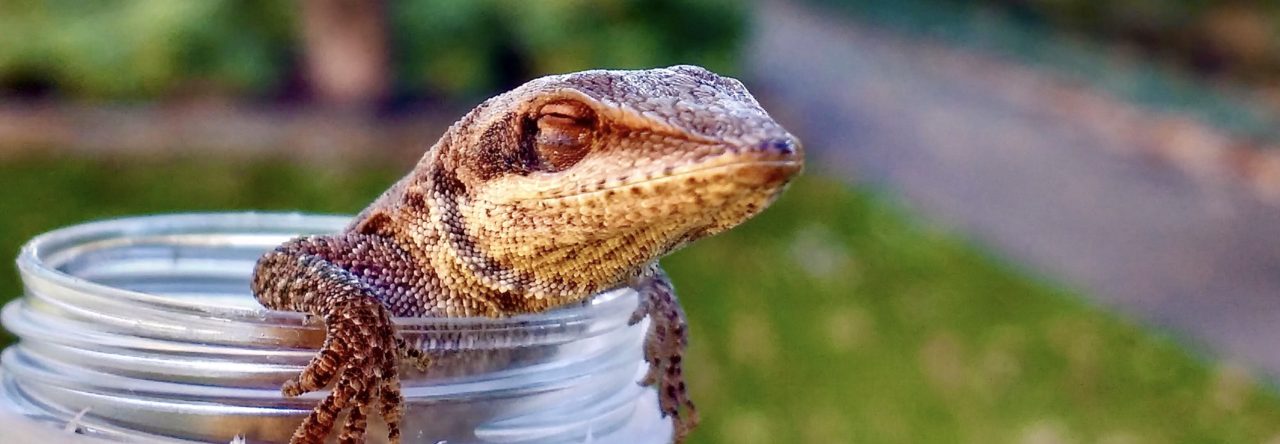Jessica Stapley writes:
I am a Marie Curie Postdoctoral fellow co-hosted by the University of Sheffield and the Smithsonian Tropical Research Institute (STRI) in Panama. I have just started a new project aimed at identifying loci underlying Anolis dewlap colour pattern.
Understanding the evolution and maintenance of phenotypic variation is a major goal in evolutionary biology. Addressing this goal ultimately requires linking molecular genetic variation to phenotypic variation, but identifying the genes responsible for important traits has been a major challenge in non-model organisms. Recent advances in DNA sequencing technology however, have revolutionized the development of genomic resources and paved the way for major advances in linking phenotype and genotype in non-model organisms.










